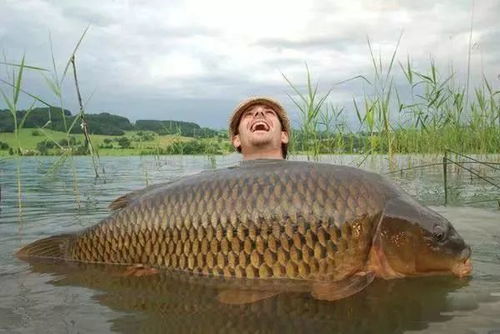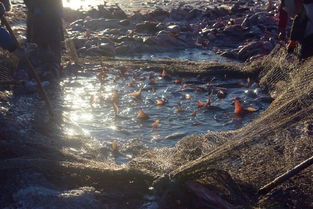Content:
Spring is a magical time of year for anglers, as the weather warms up and the fish start to become more active. One of the most popular baits during this season is the humble earthworm, which can be used to catch a wide variety of fish. In this article, we will explore the art of spring fishing and provide you with some essential tips and techniques for using worms to catch more fish.
Choose the Right Worms
The first step in successful spring fishing with worms is to choose the right type of bait. There are many different types of worms available, including nightcrawlers, red wigglers, and European nightcrawlers. Each type has its own unique characteristics and is best suited for certain types of fish and fishing conditions.
Nightcrawlers: These are the most popular type of worm for spring fishing, as they are versatile and can be used to catch a wide variety of fish, including bass, catfish, and panfish. Nightcrawlers are also relatively easy to find and can be purchased at most tackle shops.
Red Wigglers: These worms are smaller and more slender than nightcrawlers, making them a great choice for finesse fishing techniques and catching smaller fish like crappie and bluegill.

European Nightcrawlers: These worms are similar to nightcrawlers but are larger and more robust. They are a great choice for catching larger fish, such as trout and walleye.
Properly Rigging Your Worms
Once you have chosen the right type of worm, it's important to rig them properly to increase your chances of catching fish. Here are some popular worm rigging techniques:
Carolina Rig: This rig involves placing a worm on a hook and threading it through the middle, allowing the worm to dangle in the water. This rig is great for catching fish that are actively feeding.
Texas Rig: This rig involves placing a worm on a hook and threading it through the middle, then sliding the worm up to the eye of the hook and crimping it down. This rig is great for catching fish that are lurking near the bottom.
Drop Shot Rig: This rig involves threading a worm onto a hook and then attaching a small weight to the line below the hook. This rig allows the worm to sink slowly and is great for catching fish that are suspended in the water column.
Selecting the Right Equipment
To successfully fish with worms, it's important to use the right equipment. Here are some essential pieces of equipment to consider:
Rod and Reel: Choose a rod and reel that is suitable for the type of fish you are targeting. A medium-heavy action rod and a spinning reel are a good all-around choice for spring fishing.
Line: Use a monofilament line with a breaking strength of 6 to 12 pounds, depending on the size of the fish you are targeting.
Hooks: Use a size 4 to 10 hook, depending on the size of the worm and the type of fish you are targeting.
Finding the Perfect Spot
To increase your chances of catching fish, it's important to find the perfect spot. Here are some tips for locating good fishing spots:
Look for areas with a lot of vegetation, as fish often congregate in these areas to feed and hide from predators.
Check out areas with structure, such as rocks, logs, and docks, as these can provide cover for fish.
Pay attention to the weather and water conditions, as fish may be more active on certain days or in certain conditions.
Timing and Patience
Lastly, remember that fishing is a patient sport. It's important to be patient and wait for the right moment to cast your line. Here are some tips for improving your timing:
Watch the water and look for signs of fish activity, such as splashes or rises.
Experiment with different retrieves and presentations to see what works best in your particular situation.
Don't be afraid to move to a new spot if you're not catching fish.
In conclusion, spring fishing with worms can be a rewarding and enjoyable experience for anglers of all skill levels. By choosing the right worms, rigging them properly, using the right equipment, finding the perfect spot, and being patient, you can increase your chances of catching more fish. Happy fishing!












